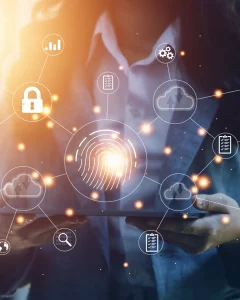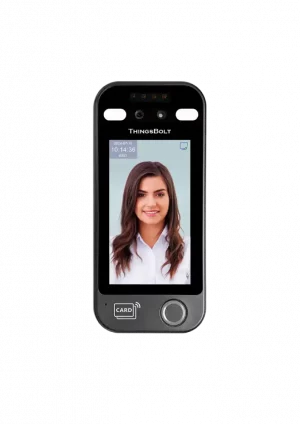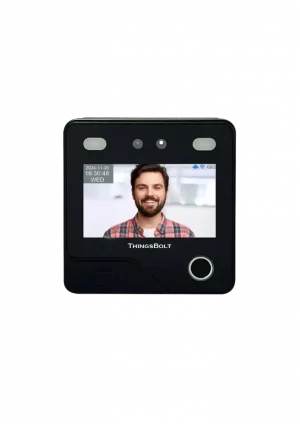Showing all 2 resultsSorted by latest
Your Complete Guide to Access Control Hardware: Readers, Locks, Software, and Biometric Devices
The Syncolony access control umbrella is a broad area of security that has many subcategories. Among them Access Control Hardware is a physical barrier that enforces the access control rules, while the Access Control Software, Gate Entry System or turnstile, Face Recognition Access Control, make a mature and robust solution for organizations of any size.
Devices such as controllers, readers, electronic locks, exit devices, and facilitators are all included in access control hardware. These pieces are components of a larger access control framework—one that powers safety, compliance, and operational efficiency within office buildings, manufacturing plants, healthcare centers, and even homes.

What Are Access Control Hardware And Software?
Access Control Hardware are physical components that permit the access to doors or restrict them to prevent someone from gaining access to a building, room or other secure location. Together with software and other systems, it authenticates users, authorizes access and logs all user activities.
Key subcategories include:
- Office Access Control: Provides secure producer-controlled access for staff and visitors.
- Door access control: Gates individual access to doors in homes or businesses (e.g., offices, shops, restaurants).
- Access control hardware: all physical devices from locks to controllers to exit buttons. These are all components of access control and work together to provide a cohesive security protocol under the access control system.
Mandatory Elements of Access Control Equipment
1. Controllers
Controllers are the heart of the access control system. They work with software and decide whether or not to allow access based on information received from readers, locks. State-of-the-art Controllers are scalable multi-authenticator devices capable of signing and encrypting for privacy considerations. They are critical to enterprise control, as they work seamlessly with software and other hardware components, such as biometrics.
2. Readers
Readers can confirm identity through a card, biometrics, PIN number or a mobile phone. As for the interface of office access control and door access control, the switch controls the office entrance and exit for the door at which only authorized personnel can enter. Biometric readers could be fingerprint, iris, or facial recognition scanners.

Access Control Software and Gate Entrance
Besides the hardware, software and gate system are the other two components when it comes to access control: • Access Control Software: governs users, permissions, and logs. • Control Systems for Gate Entrances: Manage vehicle and pedestrian traffic and integrate with readers, controllers, and software to secure parking lots, commercial establishments, or residential communities. Both the software and gate systems are regarded as subcategories of access control hardware when combined with readers, locks, and face detection devices to deliver a full solution.
Applications of Access Control Hardware
Access control hardware works well for just about any company or location:
- Offices: Secure employee and visitor entry.
- Investigative labs: Defend critical experiments and data sets.
- Hospitals: Limit access to patient files and no-go zones.
- Factories: Regulate access to equipment, vehicles, material storage.
- Real Estate: Control gates, lobbies, and elevators.
- U.S. Government and Banks: Audit trail management – extremely high security.
Conclusions:
Access control is not just a product; it is a complete solution consisting of Access Control Hardware, Office Access Control, Door Access Control, Access Control Equipment, Face Recognition Access Control, and Gate Access Control System.
Investing in these solutions guarantees:
- Improved physical and digital security
- Regulatory compliance and audit trail
- Streamlined operations and an intuitive way to manage access
By connecting hardware with software solutions — gates, facial recognition devices, etc. — organizations can secure their assets, personnel and visitors in offices, industrial campuses, healthcare centers, laboratories, and residential communities.


